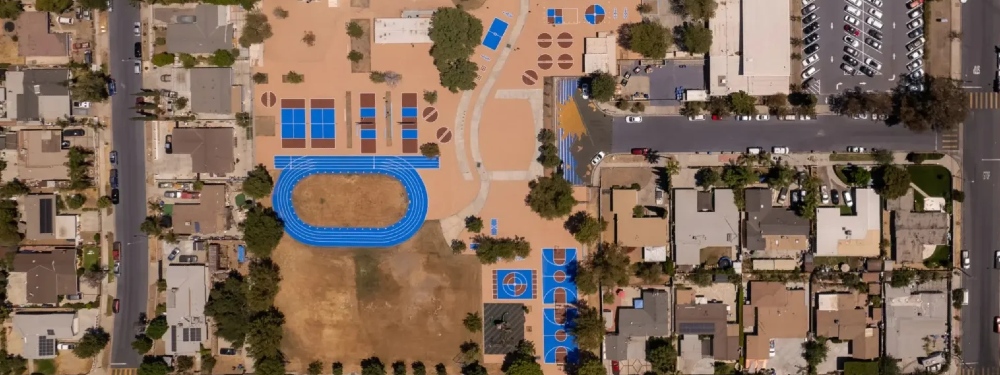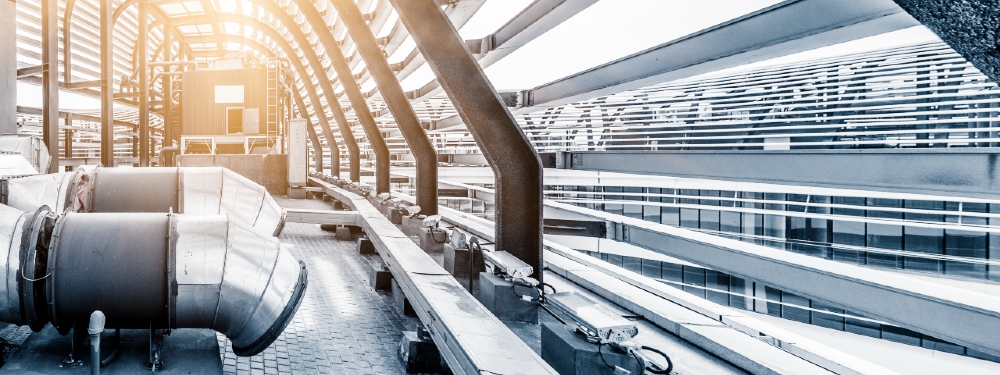Energy Transition: Stay cool and get to zero – Energy Efficiency Magazine
It’s hard to ignore the fact that the world is getting warmer. The last five-year period has been the warmest five years on record, so if we’re to achieve the Paris Agreement target of limiting global temperature rise to 1.5°C, then all countries, industries, and organizations must urgently work toward zero greenhouse gas emissions. To do this, we cannot ignore the cooling sector.
Refrigeration and air conditioning (AC) are estimated to be responsible for around 7-10% of global CO2 emissions – three times more than aviation and shipping combined – yet are often overlooked. This blindspot is a double-edged sword: not only does mechanized cooling use super-polluting F-gases, which can be up to 12,000 times more harmful than CO2, it also consumes huge – and often inefficient – amounts of energy. In India, for example, we expect there to be an additional 112 million AC units by 2030, which could use 150 gigawatts of energy, the equivalent to 300 new power plants.
Despite these problems, global access to cooling is vital for human health and prosperity, particularly in a warming world. Cooling helps to keep food fresh all along the ‘cold chains’ that supply our nutritional needs, keeps temperature-sensitive vaccines and medicines viable, and maintains human comfort in buildings.
Getting to zero emissions for cooling will require a multipronged approach that transforms how cooling is generated and used. This approach consists of four key steps: reduce, shift, improve, and protect.
Firstly, to reduce cooling emissions we need to reduce the need for mechanized cooling. By adopting a combination of passive cooling techniques and nature-based solutions, buildings and cities will become cooler, reducing the need for air conditioning and thus emissions. Sustainable design techniques like reflective materials and green spaces are proven to reduce internal and external temperatures, but require better policies, building codes, and financial incentives. Reducing cooling emissions will also require changes in behavior, including not ‘overcooling’ buildings and adjusting activity levels during the hottest parts of the day.
Secondly, we need to shift away from polluting forms of cooling and toward technologies that emit fewer GHGs, both in terms of direct (refrigerants) and indirect (energy) emissions. In regard to refrigerants, cutting the production and consumption of hydrofluorocarbons (HFCs) in cooling has the potential to avoid up to 0.5°C of global warming by the end of the century. We also need to adopt better practices when it comes to equipment disposal; around 90% of refrigerant emissions occur when refrigerators and ACs are disposed of due to dumping or damage.
To cut indirect emissions, we must focus on transitioning to low- or zero-carbon energy sources. If global cooling use increases to the expected 5.6 billion AC units by 2050, that alone will require the combined current electricity capacity of the US, EU, and Japan. While renewable energy is crucial to reducing GHG emissions while meeting this growth, it’s unfortunately not that simple. Not all renewable sources are compatible with the nuances of cooling, such as meeting night demand or sustaining the constant temperatures needed for refrigeration.
For these reasons, innovation in energy storage, including thermal energy storage, will be critical. District cooling and evaporative cooling can also be greatly scaled up.
Thirdly, we must urgently improve the efficiency of cooling appliances, which, if done correctly, could save nearly $3 trillion in energy costs by 2050. Improvements in cooling efficiency are expected to double the climate benefits of phasing out HFCs, leading to 1°C of warming avoided by the end of the century. Increased efficiency can be a rapid solution, but we must move beyond incremental improvement in technology and commit to making significant changes.
The final piece of the puzzle is to ensure that we protect those who are most vulnerable to a lack of access to cooling. Cooling is not a luxury, and global access is vital for the realization of several UN Sustainable Development Goals. We cannot simply limit cooling’s climate impact by limiting global access.
Developing a pathway to zero emissions for cooling is complicated but necessary. By adopting better building design and urban planning, moving away from polluting refrigerants and energy sources, and increasing the energy efficiency of cooling technology, we could drastically reduce the negative impacts of the cooling sector. No single component will get us to zero.
As you read this, a consortium of the Kigali Cooling Efficiency Program (K-CEP), the Carbon Trust, the UN Cool Coalition, and Oxford University is developing a pathway to zero for the cooling sector as part of the COP26 Champions and Marrakesh Partnership’s ‘Climate Action Pathways’ campaign. More information will be released later this year. In the meantime, stay cool (sustainably!).
This article was written by Dan Hamza-Goodacre (Non-Executive Director, K-CEP) and was originally published in Energy Efficiency Magazine.


